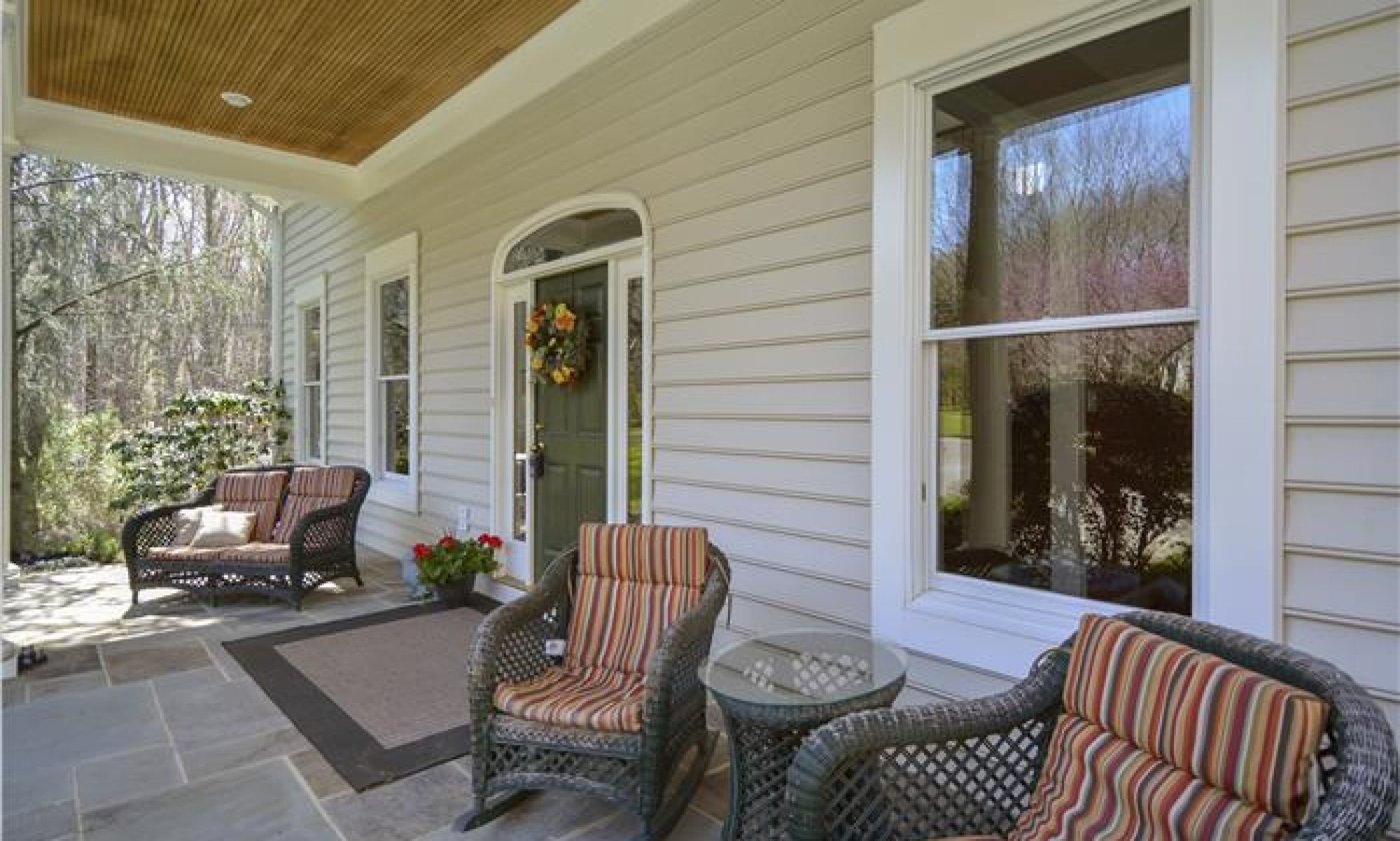by Dan Krell © 2013
Google+
DanKrell.com
 Over the last few weeks, the 30 year fixed rate mortgage has slowly climbed from the historical low we have become accustomed over the last few years to well above 4%, as reported by Freddie Mac’s Monthly Average Commitment Rate as of July 3rd. And although it’s still relatively low and not bad as interest rates go; keep in mind that the mortgage rate averaged over the last 40 years is much higher – some report it to be 8.75%.
Over the last few weeks, the 30 year fixed rate mortgage has slowly climbed from the historical low we have become accustomed over the last few years to well above 4%, as reported by Freddie Mac’s Monthly Average Commitment Rate as of July 3rd. And although it’s still relatively low and not bad as interest rates go; keep in mind that the mortgage rate averaged over the last 40 years is much higher – some report it to be 8.75%.
If you haven’t noticed, average mortgage rates have been below 7% for about ten years. And even when the housing market was bubbling, rates were not as low as where rates are today. After the financial crisis, mortgage rates were kept low by the Federal Reserve’s commitment to purchasing mortgage backed securities; which was an attempt to stimulate interest in real estate purchases at a time when the housing market all but screeched to a halt. Shortly after the Fed ended the mortgage backed securities purchase program, a broader securities buying program began with the intent to stimulate the overall economy; commonly called quantitative easing, this was considered the second round, which targeted the purchase of U.S. Treasury Bonds. The Quantitative Easing program was extended into a third phase (QE3) through 2013, which many are speculating will begin tapering off by end of the year.
Recent Fed comments may have hinted to tapering off the QE program, which could have been the source of some Wall Street panic earlier this month that resulted in a volatile market; besides affecting your 401k, the result has been a jump in mortgage interest rates.
Of course, many experts are worried about mortgage rate increases and the effect on home buyers, citing a decreased home buying ability as well as the possibility of suppressing existing homes sales. For some home buyers, it might be true that increased interest rates could be a wrench in their home buying plans; however, the reality may be that increasing mortgage rates are a sign that the housing market is healthier than some think.
Although mortgage interest rates are just one aspect of a multi-factor dynamic housing market; housing demand is not necessarily gauged by mortgage interest rates alone. For instance, the height of the housing bubble, mortgage interest rates were much higher than they are today. One sign that slightly increased mortgage rates have not negatively affected the overall market is a recent report by the National Association of Realtors (realtor.org) that May 2013 existing home sales (completed sales) increased about 11.4% compared to May 2012. Additionally, the NAR reported that existing home sales are the highest since 2009.
There has been criticism that the “artificially” low interest rates have helped home sale prices jump, especially during a time when there has been little housing inventory; some are concerned that increases in mortgage rates will pressure home sale prices lower. But just like the housing demand concern, these factors alone are not in a vacuum; factors today may warrant mortgage rate increases to thwart abnormal housing price spikes (which are common in bubble markets).
Of course, rising mortgage rates and the thought of paying more for a mortgage is not always good news to home buyers. However, given the circumstances and looking at the broader perspective, the result may be much better than anyone could imagine – a stable housing market. But that is yet to be seen.
More news and articles on “the Blog”
![]()
This article is not intended to provide nor should it be relied upon for legal and financial advice. This article was originally published the week of July 8, 2013 (Montgomery County Sentinel). Using this article without permission is a violation of copyright laws. Copyright © 2013 Dan Krell.
